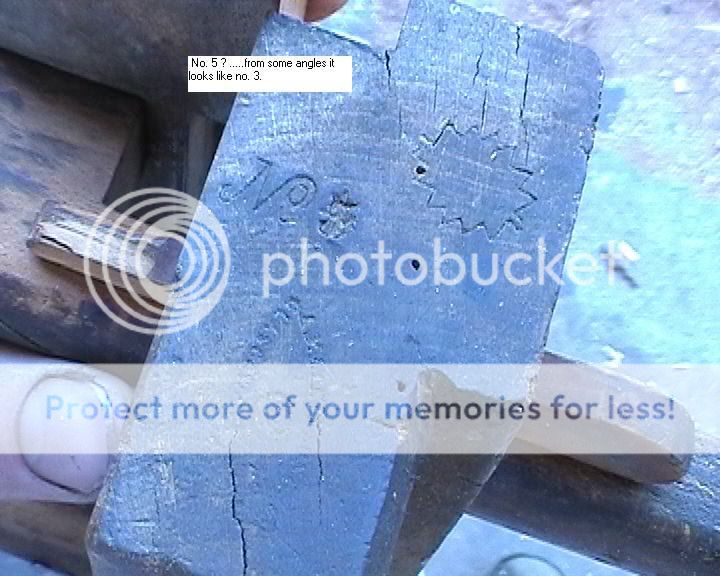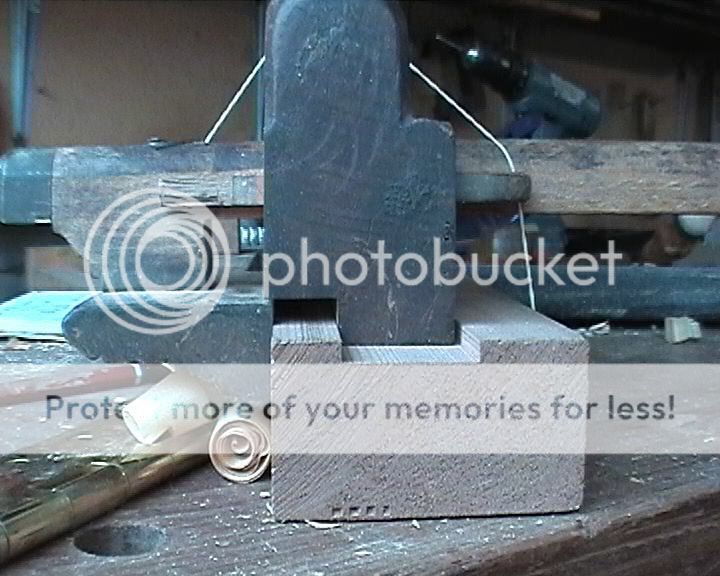A
Anonymous
Guest
Got an old plough going. Posted a few sites looking for info.
Like to understand its history, besides the obvious I suppose. Mainly so I can sound clever when somebody asks me about it. :lol:
If anybody would know I'd imagine Alf would. ....
Just the Alex Matherson name again. No.5 (I think).....swear it looked like No.3 in the shed. But no.5 in the photo.
Wondering.....where was it made. Glascow's written on them sometimes yes ? ... but that doesn't necessarily mean it was made there I guess.
Also, like to understand the numbering system. Guessing No.1's were the smallest ?....this No.5 of mine cuts about a 30mm dado.... actually probably a bit more than that origionally.....to make it work I had to reduce its size.
Year ?...all that sort of stuff.
Appreciate any thoughts......(Alf when you get a chance.....only if your not busy uno :wink: )


Like to understand its history, besides the obvious I suppose. Mainly so I can sound clever when somebody asks me about it. :lol:
If anybody would know I'd imagine Alf would. ....
Just the Alex Matherson name again. No.5 (I think).....swear it looked like No.3 in the shed. But no.5 in the photo.
Wondering.....where was it made. Glascow's written on them sometimes yes ? ... but that doesn't necessarily mean it was made there I guess.
Also, like to understand the numbering system. Guessing No.1's were the smallest ?....this No.5 of mine cuts about a 30mm dado.... actually probably a bit more than that origionally.....to make it work I had to reduce its size.
Year ?...all that sort of stuff.
Appreciate any thoughts......(Alf when you get a chance.....only if your not busy uno :wink: )


































